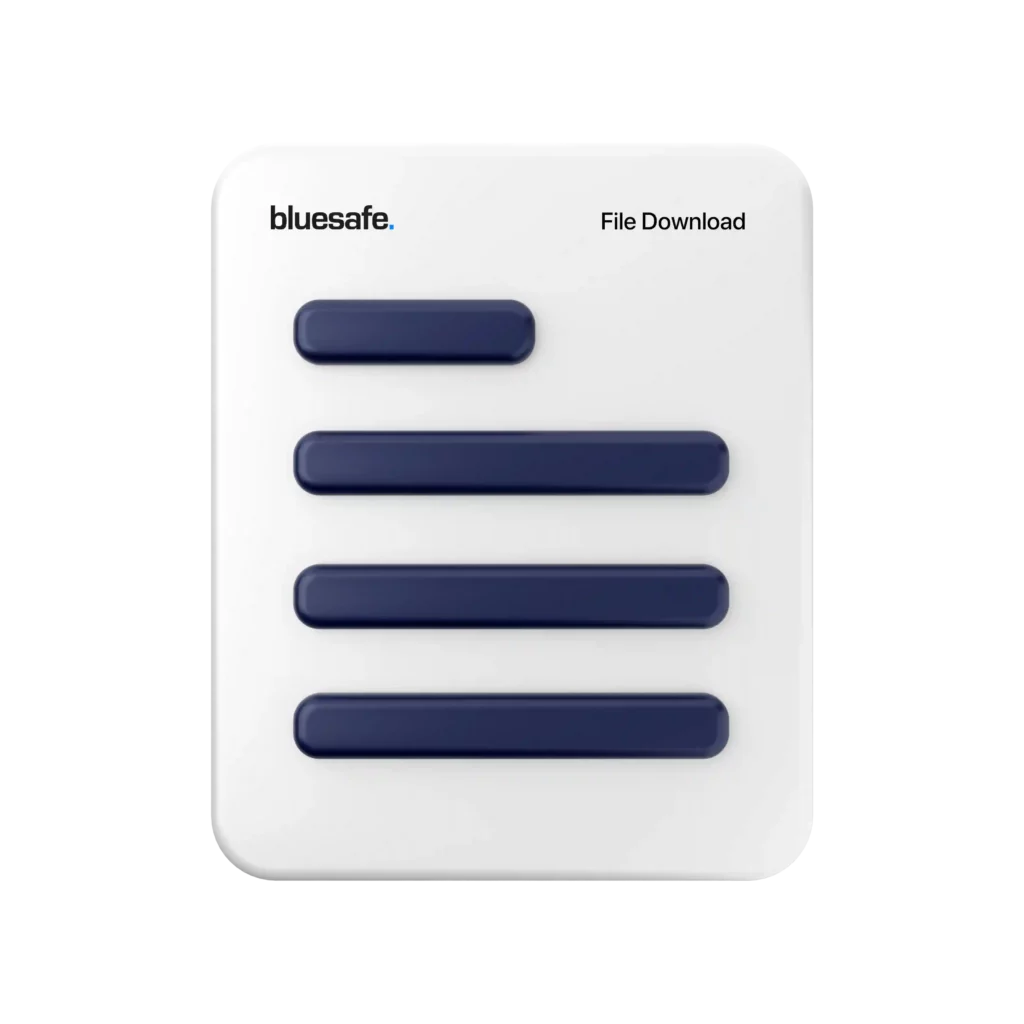Now, I know what you’re thinking, “Gary, safety procedures sound boring.” But trust me, they’re important, and they can make the difference between a successful installation and a disastrous one.
First things first, let’s talk about personal protective equipment (PPE). When it comes to carpet laying, there are a few essential items you need to have on hand to protect yourself from potential hazards. These include safety glasses, gloves, earplugs, and a dust mask.
Safety glasses are crucial to protect your eyes from flying debris and dust that can cause irritation or worse, damage to your eyesight. Gloves will protect your hands from sharp edges on tools and materials, as well as any chemicals you may come into contact with during the installation process. Earplugs are necessary to protect your hearing from loud machinery, and a dust mask will help protect your respiratory system from any airborne particles.
Next up, let’s talk about tools. When it comes to laying carpet, you’ll need a variety of tools to get the job done. These can include a carpet cutter, a knee kicker, a power stretcher, a seam roller, and more. However, it’s important to remember that each of these tools can be dangerous if not used properly.
Make sure to always read the manufacturer’s instructions and follow proper safety procedures when using any tools. For example, when using a carpet cutter, always keep your fingers away from the blade and make sure the blade is sharp to prevent slipping. When using a power stretcher, be sure to keep your hands and feet away from moving parts and use the tool on a flat, level surface.
Another important safety procedure to keep in mind is the proper handling and disposal of materials. This includes carpet padding, adhesive, and any other materials used during the installation process. Be sure to handle these materials with care, and always dispose of them properly.
When handling carpet padding, make sure to wear gloves to protect your hands from any chemicals that may be present in the padding. Also, be sure to dispose of any excess padding in the proper waste receptacle. When disposing of adhesive, always follow the manufacturer’s instructions and use the proper waste container to prevent any environmental damage.
Last but not least, let’s talk about the importance of communication and teamwork when it comes to safety procedures during carpet laying. Whether you’re working on a small residential project or a large commercial job, it’s important to communicate with your team and ensure everyone is on the same page when it comes to safety.
Make sure to designate a safety coordinator for the project who will be responsible for overseeing safety procedures and addressing any concerns that may arise. Encourage open communication and encourage your team members to speak up if they notice any potential hazards or safety concerns.
In conclusion, safety procedures are an essential part of carpet laying, and it’s important to take them seriously to prevent injuries and ensure a successful installation. Remember to always wear the proper PPE, use tools properly, handle materials with care, and communicate effectively with your team. By following these procedures, you can help create a safe and successful work environment for everyone involved. Thanks for tuning in, and until next time, stay safe!
Cheers,

![]()



 Gary’s Safety Tips
Gary’s Safety Tips

